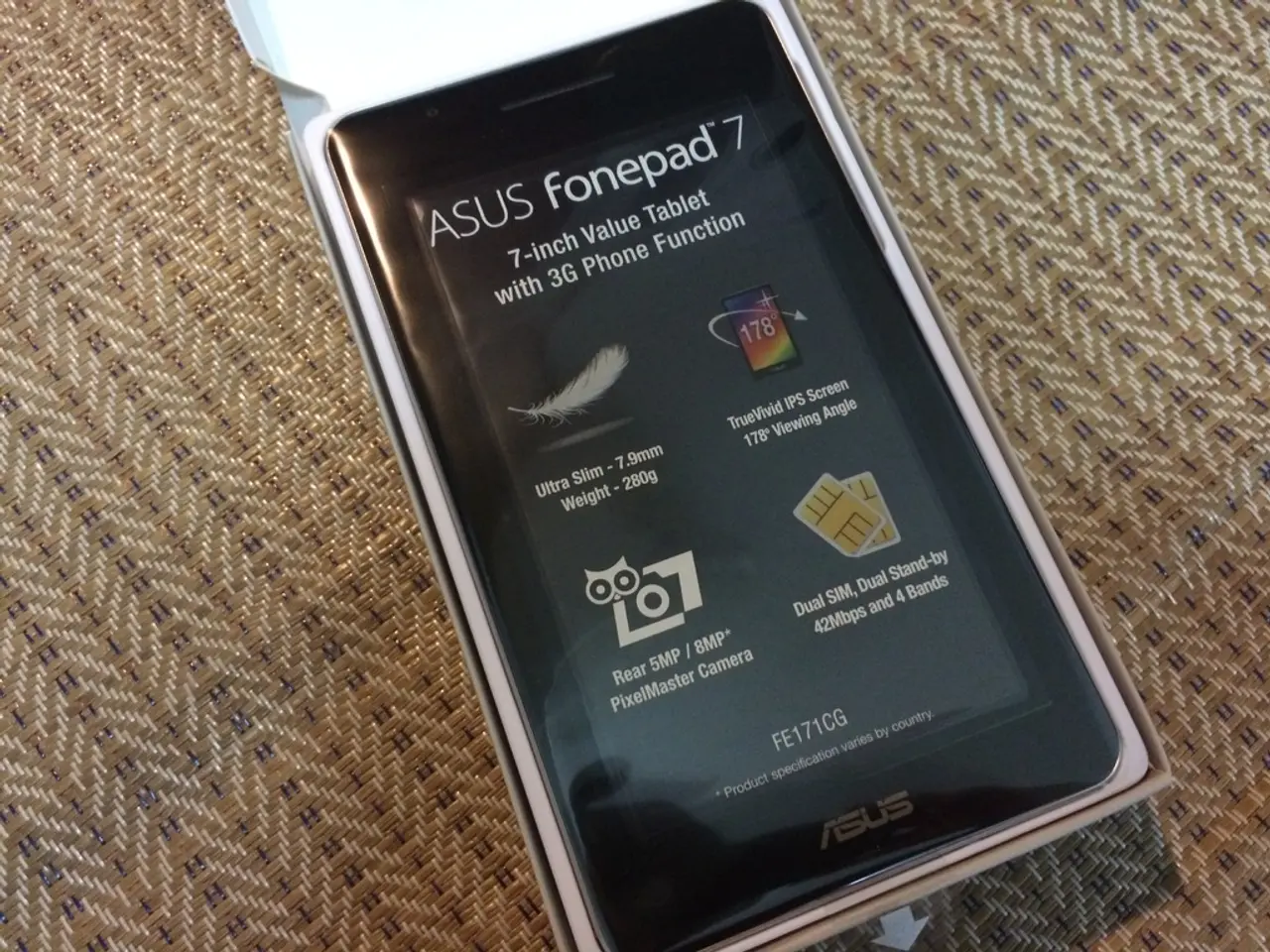Samsung and other competitors face embarrassment due to the anticipated release of the Pixel 10, featuring Qi2 technology.
Next week, Google is set to unveil the Pixel 10 lineup, marking a significant step forward in Android wireless charging technology. The new series will feature native Qi2 magnets built into the device, offering true MagSafe-style alignment for wireless charging.
Google's magnetic wireless charging technology is branded as Pixelsnap, which includes a magnetic ring both in the phone and in official Pixel cases. This ensures perfect alignment and compatibility with Qi2-certified chargers.
The Pixel 10 and Pixel 10 Pro support Qi2 wireless charging up to 15W, while the Pixel 10 Pro XL supports the newer Qi 2.2 standard at 25W wireless charging speeds with appropriate chargers and power adapters. Google's implementation emphasizes cross-platform compatibility, mentioning compatibility with Apple MagSafe accessories to highlight open ecosystem support.
In contrast, most Android phones including Samsung and OnePlus have traditionally used non-standardized or no magnetic wireless charging integration. Samsung and OnePlus have not widely adopted native Qi2 magnet integration or standardized magnetic wireless charging built into the hardware in the same way as Google’s Pixels.
Instead, these companies often use their own names and technology for magnetic attachments and charging alignment, rather than adopting the WPC's (Wireless Power Consortium) Qi2 magnetic power profile that Google is focusing on. Samsung is reportedly exploring removing wired charging entirely, but lacks a native Qi2 magnet built-in solution as of the Pixel 10’s recent launch.
OnePlus, in particular, has opted to embrace the Qi2-compliant accessory market instead of bringing new functionality to their devices. In the case of the OnePlus 13, internal space restrictions were cited as the reason for not including Qi2 directly into the device.
The Pixel 10 series is expected to have larger batteries compared to last-gen hardware, and people are expected to love Qi2, even if they know it primarily by Google's own Pixelsnap branding. Google will offer official first-party magnetic cases for the Pixel 10 series, and the leaked dimensions of the Pixel 10 suggest that Google has managed to build its own magnets into the phone with just a minor bump to device thickness over last-gen hardware.
Meanwhile, OnePlus is struggling to maintain any sort of meaningful US market share since leaving carrier stores behind. It is possible that one or both of the "Qi2 Ready" brands (Galaxy S25 and OnePlus 13) will eventually add real Qi2 support to their phones alongside overpriced in-house cases. However, the Galaxy S25 series was met with a major shrug from critics due to the lack of hardware innovation and focus on lackluster Galaxy AI tools.
The Wireless Power Consortium (WPC) announced its first round of certification testing for Qi2 in November of 2023. RaLX has discussed Qi2 compatibility with OnePlus ahead of the OnePlus 13’s launch. As the wireless charging landscape continues to evolve, it will be interesting to see how Samsung and OnePlus respond to Google's innovative approach with the Pixel 10 series.
Technology advancements in the wireless charging domain are highlighted by Google's Pixel 10 lineup, which utilizes Qi2 technology for enhanced charging efficiency. Unlike Samsung and OnePlus, Google has integrated native Qi2 magnets into the Pixel 10 series for perfect alignment and compatibility with Qi2-certified chargers.




